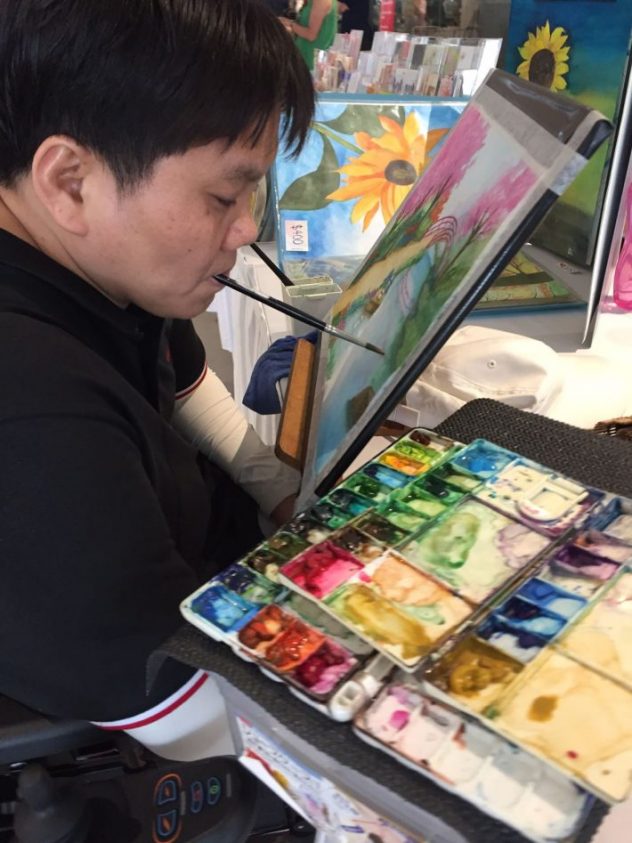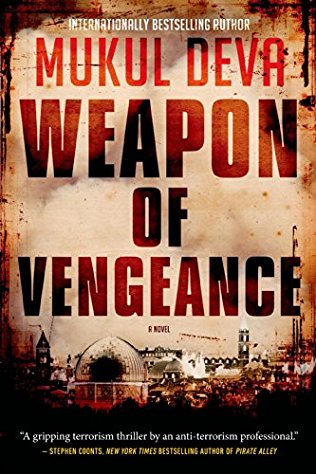Overall feelings right after IO:
I am proud of how I have done in my oral. I think in the future I need to work on comparing the intertextuality between the texts as I forgot to in the oral, although Vicky helped me by asking me a question about it. I think when preparing for the oral I focused too much on second guessing myself and the extracts and my ideas, and more on practicing saying my ideas out loud. I was not confident enough in my opinions so during the oral I kept getting lost in my thoughts.
What I think I did well:
- The structure of my IO was very organised and well thought out. It ensured that my ideas weren’t getting lost which helped make the message more clear
- I think I did well in answering the follow up questions – something that I think comes with lots of research into the text and enough fluency to be capable of going past what I prepared.
Improvements:
- I need to work on creating a thesis after gathering evidence because when I force evidence to work with my thesis, the evidence was weaker and felt like a stretch in supporting my thesis. By doing it the other way around I can eliminate this problem.
- I need to work on getting evidence that can be seen throughout the text and not just the extract.
- I need to practice my oral more next time because I tended to loose my train of thought under pressure. I also need to stop referring to my notes as much which will also come with more practice.
- Make sure both texts were evenly spoken about
Takeaways that will threaten my IO (what I need to focus on avoiding):
- Finding thesis first and then finding evidence to prove my thesis prevents me from using quality evidence.
- Comic books as a literary piece is not a strong point of discussion because it can force the focus on visual aspects – and the visual elements of comic books tend to be very basic and simply designed making it harder to go into a deep analysis.
- Over complicating my global issue takes away time from my explanations and my analysis.




